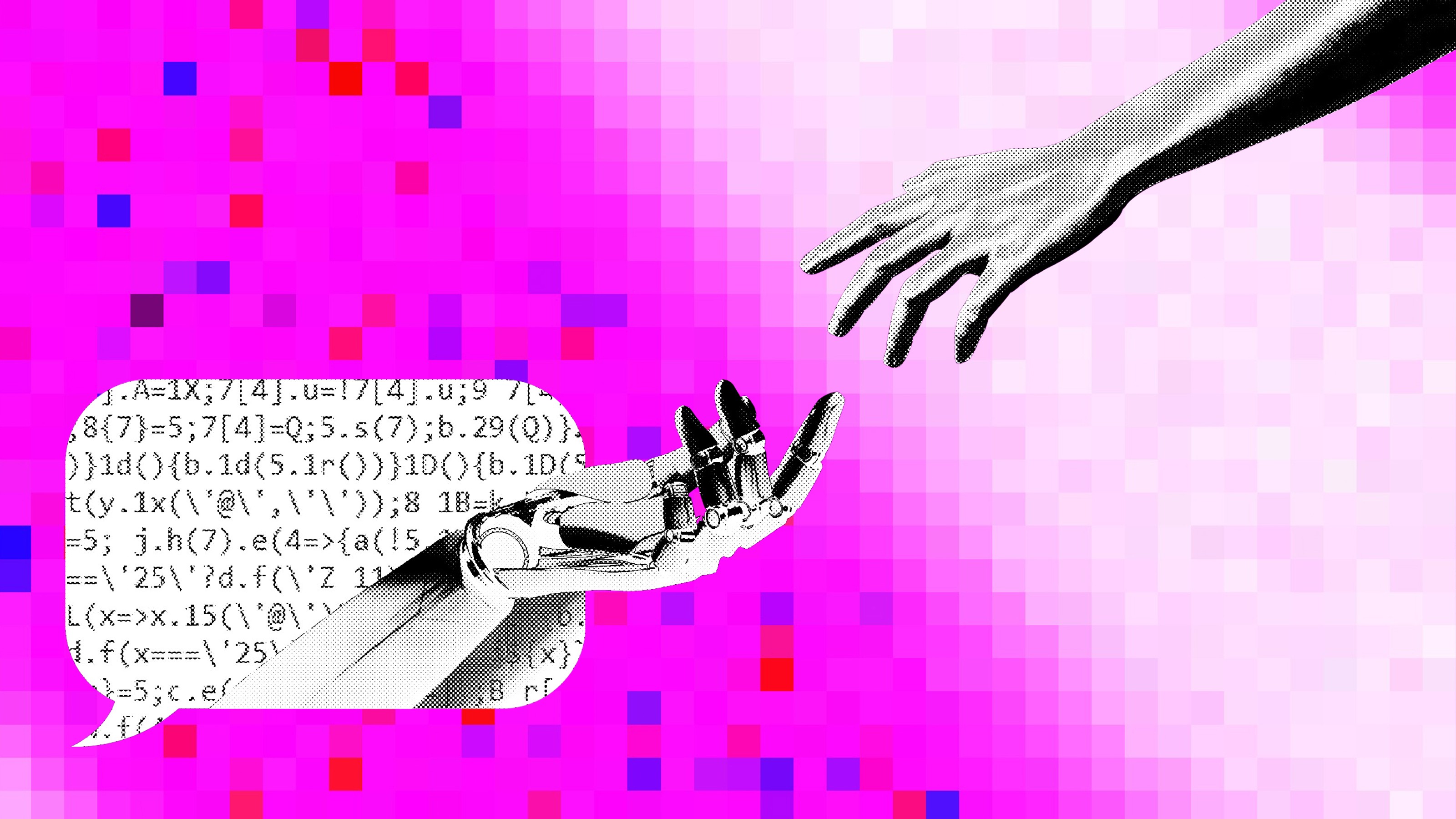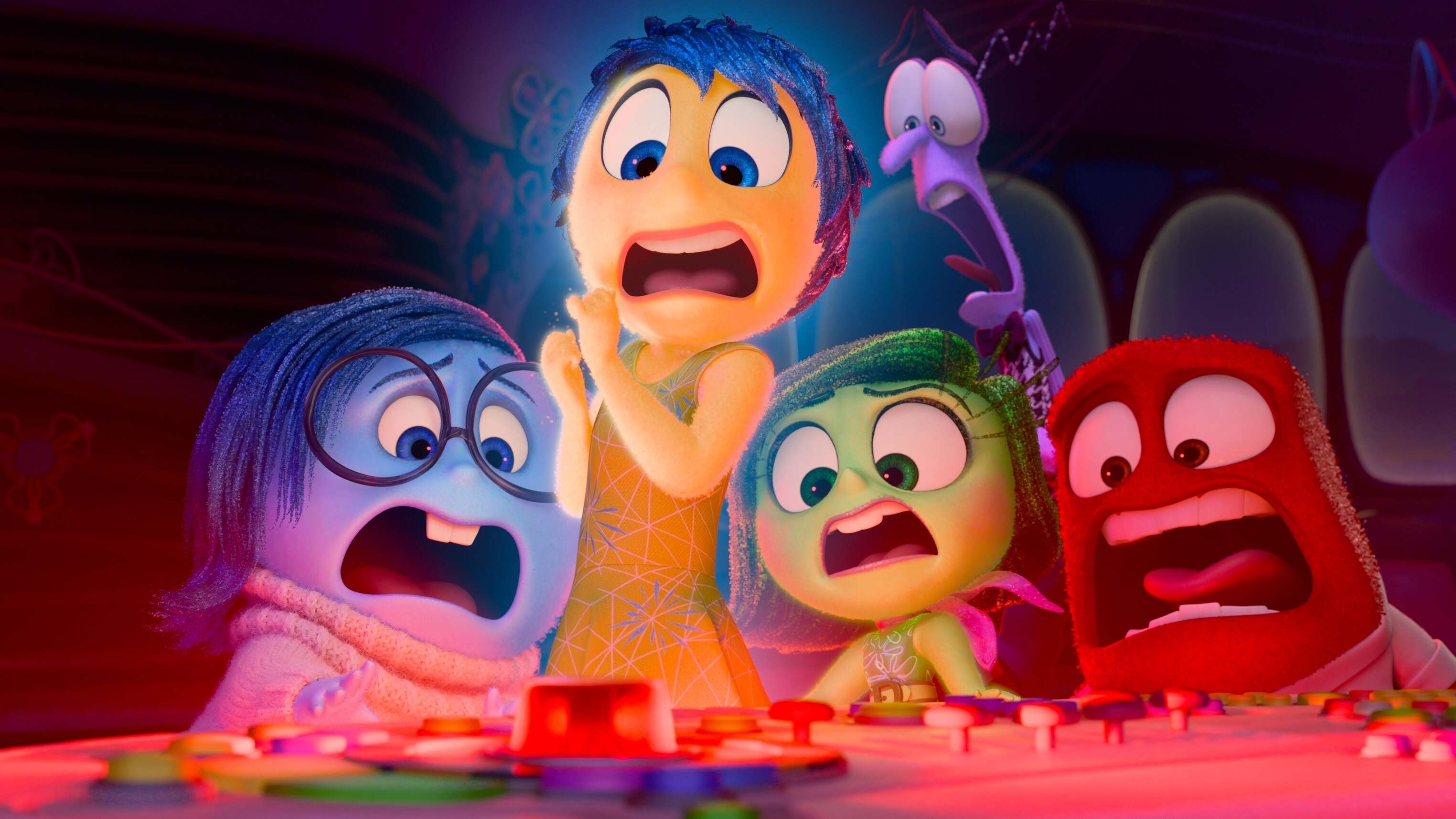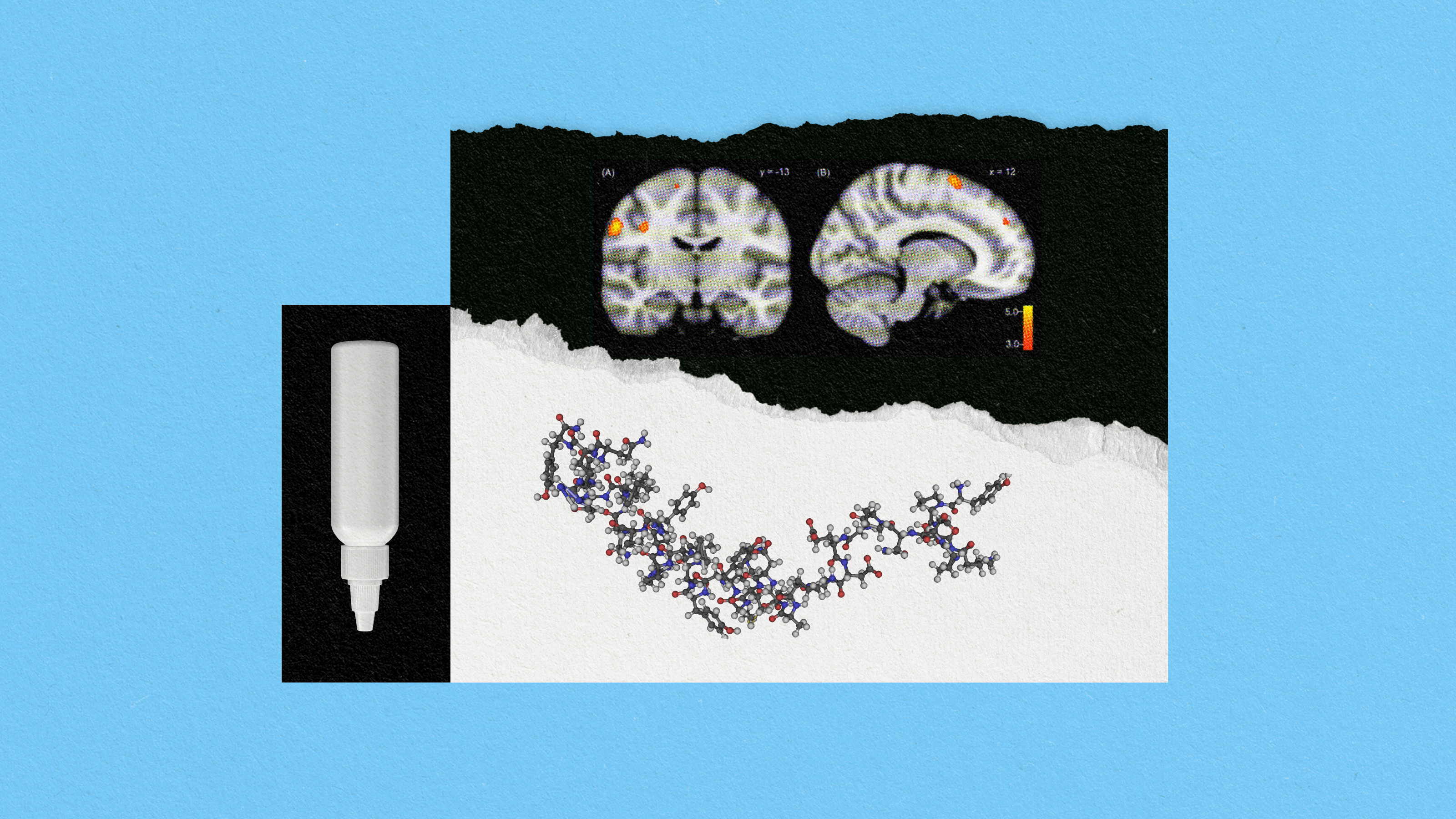How pets relieve anxiety and anger

Photo by Karina Vorozheeva on Unsplash
The road to domestication for a variety of pets, dogs and cats at the top of this list, seems to have been a combination of food and resource sharing, companionship, and reproductive success. While vast differences exist in mammalian behavior, having a reliable place to sleep and regular food unties us.
We gaze in awe and at times terror at their animalistic behaviors, perhaps forgetting who the most destructive animal to have ever inhabited this planet is. At least they seem to have forgiven us, considering they’ve stuck by our side for millennia.
While reasons for domestication are open for debate, Abigail Tucker argues that cats, for one, appear to have cultivated a temperament acceptable to humans on their own accord. One necessary quality, she writes, is that the animals we keep around need to stay calm. While felines can appear to be anything but — our Maine Coon runs laps after a trip to the litter box, his way of confusing predators that might be tracking his scent — house cats remain within acceptable boundaries. Barely, at times, but still.
A mixture of chill and confidence draws us to them. Tucker continues,
What we call ‘friendliness’ in our pet cats is, in part, a lack of aggression. But it is also a lack of fear, and an inborn boldness.
It is also, she writes, a “whittled-down fight-or-flight response.” Domesticated animals are better able to deal with their emotions than their feral counterparts. Their limbic system is more regulated, and it seems this quality is affecting their human friends.
The NY Times reports service dogs are helping veterans cope with reintegration into society after their tours. Iraq war veteran Benjamin Stepp was matched with a retriever mix named Arleigh who can tell when his master is tightening up.
The dog senses when his agitation and anxiety begin rising, and sends him signals to begin the controlled breathing and other exercises that help to calm him down.
The field of emotional contagions is growing as researchers better understand animal cognition, as well as our own. Subconscious signaling is an important marker for survival in the wild, which in part rely on a recognition of behavioral patterns.
Memories, for example, are processed in the hippocampus, but type of memory matters. Procedural tasks, like tying your shoelaces, is stored in your basal ganglia, while emotional memories, like the trauma veterans face in combat, heads to their amygdala, which is also the region where the fight-flight-freeze response warns your nervous system of impending danger.
There is speculation that memories are an evolutionary adaptation to the art of prediction. In a strange twist of biology our ability to foresee the future might have created a cognitive storehouse of events and tasks during the early formation of our brain. Since we use the same regions for both looking forward and remembering back, it appears that memories were a side effect of speculation.
The problem is our nervous system is not always great at prediction. Past events influence how we both predict the future as well as how we act when it arrives. For people suffering from PTSD every loud sound or questionable facial expression rings an alarm. A similar response occurs in those suffering anxiety disorder — commonplace triggers become overwhelming stimuli.
Emotions do not belong to humans alone. We are visual learners, though much of our environmental awareness comes from more intuitive measures that are not necessarily consciously processed. With training service dogs like Arleigh learn to pay attention to their owner’s muscle twitches, pantomimes, and even scents, responding in an emphatic way to cools their impending distress.
Why we’ve cohabited with certain animals while shunning and destroying others is often a question of tolerance combined with mimicry. Cat’s eyes, Tucker writes, are closer together than most mammals, mimicking human expressions. We’re more likely to relate to a cat than a pig for this reason. This could play a part in why over six hundred million house cats inhabit the planet.
A deeper level is that pets understand our emotional seesawing. Those who believe cats don’t care about the humans they live with have likely never lived with one, or perhaps shared space with one too close to its feral roots. Dogs are more amiable in general, however, making them better suited for therapy. This is in part because dogs are comfortable in any environment so long as people they trust are around, whereas cats are creatures of territory. Remove them from their stalking zone and it takes much longer for them to adapt.
Domesticated animals experience longer, healthier lives than their feral cousins. We exist together for a number of reasons, companionship being near or at the top of the list. That they relieve anxiety is an important reason to share space. Humans have disconnected from nature in many ways, but our relationship with other species is a powerful reminder of the power of cohabitation. If only we treated other humans so well.
—
Derek’s next book, Whole Motion: Training Your Brain and Body For Optimal Health, will be published on 7/17 by Carrel/Skyhorse Publishing. He is based in Los Angeles. Stay in touch on Facebook and Twitter.





